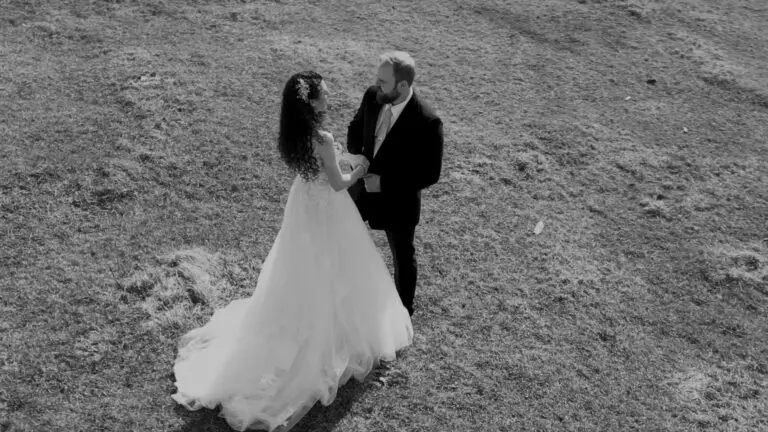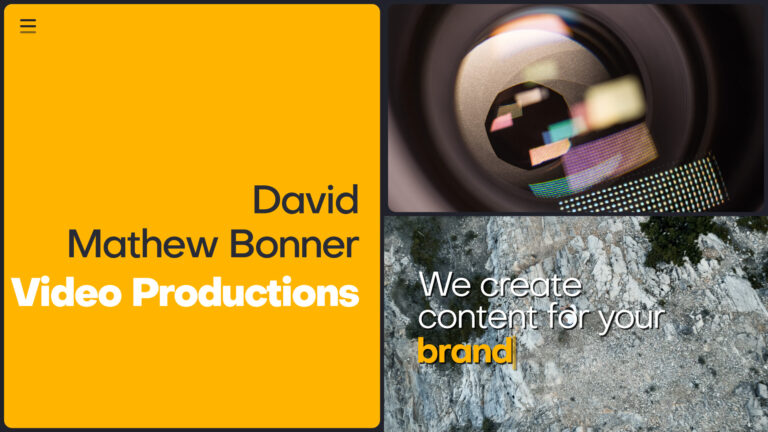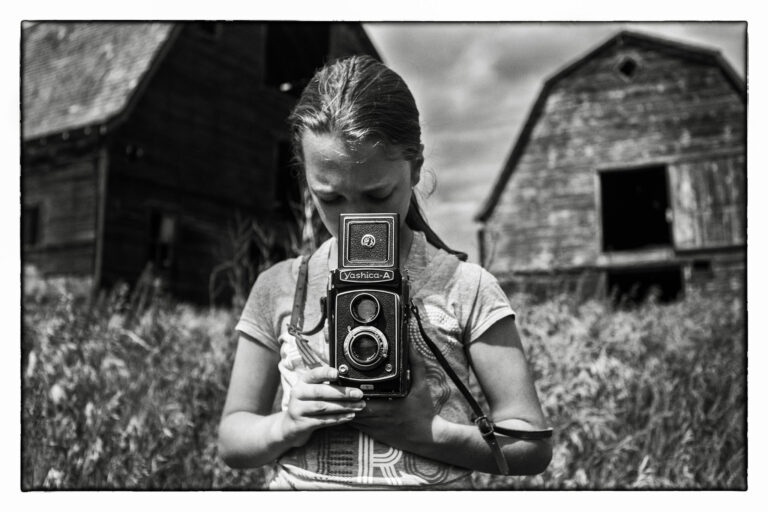Content Creator Tips

The Process of Corporate Video Production: From Start to Finish
Corporate videos have become an essential tool for businesses to communicate their message, showcase their products or services, and engage with their target audience. A well-produced corporate video can leave a lasting impression and help build brand credibility. But have you ever wondered what goes into the making of a corporate video? In this article, we will take you through the process of corporate video production from start to finish.
1. Pre-production
The pre-production phase is where the foundation for a successful corporate video is laid. It involves careful planning and preparation before the actual filming begins.
Concept Development
The first step in pre-production is to develop a concept for the video. This involves understanding the client’s goals and objectives, identifying the target audience, and brainstorming creative ideas that align with the brand’s message.
Once the concept is finalized, a script or storyboard is created to outline the structure of the video and the sequence of shots. This helps visualize how the final video will look and ensures that everyone involved is on the same page.
Location Scouting and Casting
Next, the production team identifies suitable locations for filming that align with the concept of the video. Whether it’s a corporate office, a manufacturing facility, or an outdoor setting, the location should complement the message and enhance the visual appeal of the video.
In addition to location scouting, casting for any on-screen talent or actors may be necessary. This could include employees, professional actors, or models, depending on the requirements of the video.
Equipment and Crew
Once the concept and locations are finalized, the production team determines the equipment and crew needed for the shoot. This includes cameras, lighting, sound equipment, and any additional props or accessories.
It’s important to have a skilled crew, including a director, cinematographer, sound engineer, and production assistants, to ensure smooth operations during the shoot.
2. Production
The production phase is where all the planning and preparation come to life. It involves capturing the footage that will be used to create the final corporate video.
Filming
During the filming process, the production team sets up the equipment, positions the cameras, and ensures proper lighting and sound. The director guides the actors or on-screen talent, ensuring they deliver their lines or actions as per the script or storyboard.
Multiple takes may be required to get the desired shots, and the cinematographer plays a crucial role in capturing visually appealing and engaging footage.
B-roll Footage
In addition to the main footage, B-roll footage is also captured during the production phase. B-roll refers to supplementary or secondary footage that provides context, enhances storytelling, or adds visual interest to the final video.
This could include shots of the office environment, product close-ups, customer testimonials, or any other relevant footage that adds depth and variety to the video.
3. Post-production
The post-production phase is where all the footage captured during the production phase is edited and transformed into a polished corporate video.
Video Editing
The video editing process involves selecting the best shots, arranging them in the desired sequence, and adding transitions, graphics, and special effects. The editor works closely with the director to bring the vision of the video to life.
Additionally, music, voiceovers, and sound effects are added to enhance the overall impact of the video. The editing process requires attention to detail and a keen eye for storytelling.
Color Grading and Audio Mixing
Color grading is the process of adjusting the colors and tones of the video to create a cohesive and visually appealing look. It helps establish the mood and atmosphere of the video, whether it’s vibrant and energetic or calm and professional.
Audio mixing involves balancing the sound levels, removing background noise, and adding any necessary audio enhancements. This ensures that the dialogue, music, and sound effects are clear and well-balanced.
Final Review and Delivery
Once the video editing, color grading, and audio mixing are complete, the final video undergoes a thorough review process. This includes feedback from the client and any necessary revisions or changes to ensure the video meets the desired objectives.
Once approved, the video is rendered in the appropriate format and delivered to the client for distribution. This could be through various channels, such as the company’s website, social media platforms, or at corporate events.
Conclusion
Corporate video production is a multi-step process that requires careful planning, coordination, and creativity. From concept development to post-production, each phase plays a crucial role in creating a compelling and effective corporate video.
By understanding the process involved in corporate video production, businesses can better appreciate the efforts and expertise required to produce a high-quality video that effectively communicates their message and engages their target audience.



















